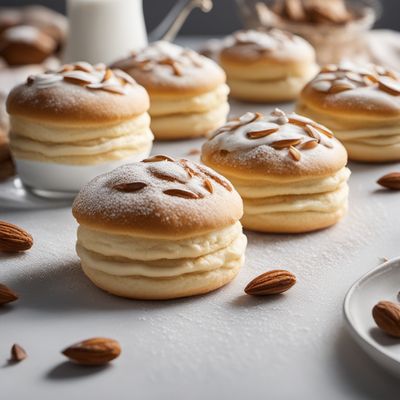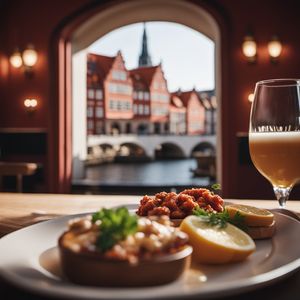
Dish
Semla
Semla is a rich and indulgent pastry that is perfect for satisfying your sweet tooth. The bun is made from a sweet, yeasted dough that is flavored with cardamom, and is filled with a mixture of almond paste and whipped cream. The top of the bun is then dusted with powdered sugar. While Semla is traditionally eaten during Lent, it has become a popular pastry in Sweden and is now available year-round.
Origins and history
Semla has been a part of Swedish cuisine since the 16th century, and was originally a simple bread bun that was eaten with warm milk. Over time, the recipe evolved to include the almond paste and whipped cream filling that is now characteristic of Semla. Today, Semla is a beloved pastry in Sweden and is often associated with the country's rich culinary heritage.
Dietary considerations
Semla is not suitable for those with nut allergies or lactose intolerance. It is also high in calories and should be consumed in moderation.
Variations
There are many variations of Semla, including mini Semla, which are smaller versions of the pastry, and Semla wraps, which are Semla buns that have been sliced and filled with the almond paste and whipped cream mixture. Some bakers also add a touch of cinnamon to the filling for added flavor.
Presentation and garnishing
Semla is typically presented on a plate, with the powdered sugar on top of the bun forming a decorative pattern. Some bakers also add a sprig of mint or a small dollop of whipped cream to the top of the bun for added visual appeal.
Tips & Tricks
To make the perfect Semla, be sure to use high-quality ingredients, including fresh yeast, cardamom, and almond paste. The dough should be allowed to rise for at least an hour before baking, and the whipped cream should be whipped to stiff peaks before being added to the almond paste. Finally, be sure to dust the top of the bun with plenty of powdered sugar for a sweet and satisfying finish.
Side-dishes
Semla is often served with hot milk or coffee, and can be enjoyed as a breakfast pastry or as a dessert. It pairs well with other Swedish pastries, such as kanelbullar (cinnamon buns) and lussekatter (saffron buns).
Drink pairings
Hot milk or coffee
Delicious Semla recipes
More dishes from this category... Browse all »
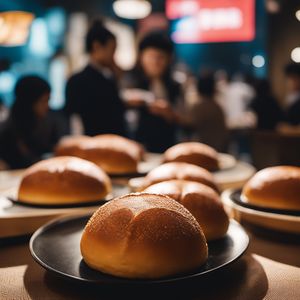
Anpan
Japanese cuisine
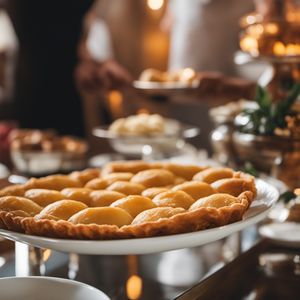
Antakya künefesi
Turkish cuisine
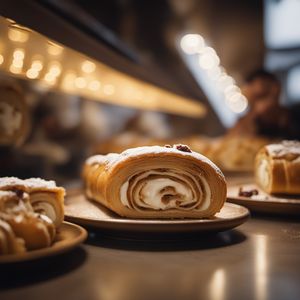
Apfelstrudel
Austrian cuisine

Appelflap
Dutch cuisine
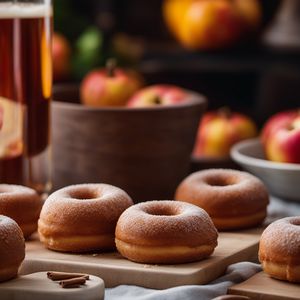
Apple Cider Doughnut
American cuisine

Asabi
Lebanese cuisine

Asawer
Lebanese cuisine
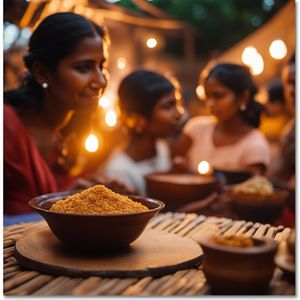
Athirasa
Sri Lankan cuisine

